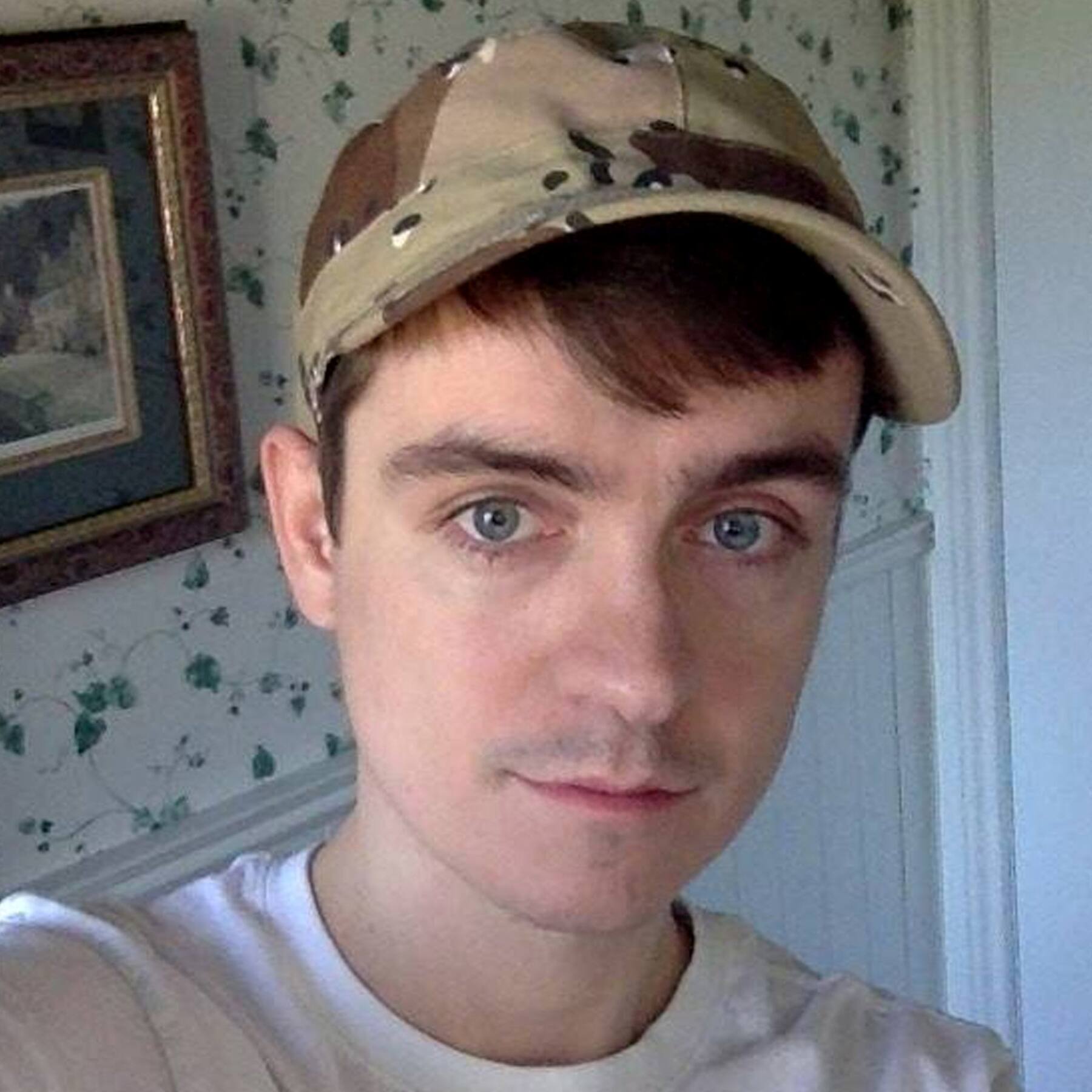
b: 1989
Alexandre Bissonnette
Summary
Name:
Alexandre BissonnetteYears Active:
2017Birth:
December 01, 1989Status:
ImprisonedClass:
Mass MurdererVictims:
5Method:
ShootingNationality:
Canada
b: 1989
Alexandre Bissonnette
Summary: Mass Murderer
Name:
Alexandre BissonnetteStatus:
ImprisonedVictims:
5Method:
ShootingNationality:
CanadaBirth:
December 01, 1989Years Active:
2017Date Convicted:
March 28, 2018bio
Alexandre George-Henri Bissonnette was born on December 1, 1989. He grew up in Cap-Rouge, a suburb of Quebec City, Canada. Alexandre had a twin brother named Mathieu. Neighbors described their parents as good and caring. They said the family was close and there were no problems with either of the boys during their childhood.
In school, Alexandre was known to be introverted. He faced some bullying and was not very social. Friends from that time remarked that he struggled to fit in with others. Despite his challenges, he was not seen as a troublemaker and did not have any serious issues with the law. His only encounters with law enforcement were minor traffic violations.
As he grew older, Bissonnette became a student at Université Laval, where he was studying political science. He also served as a cadet in the Canadian Army. Before the events that earned him infamy, he lived with his brother in an apartment close to the mosque in Quebec City.
Bissonnette had a significant online presence and was known to hold strong right-wing political views. He often expressed his opinions on social media, showing support for controversial figures and ideologies. He reportedly criticized refugees and feminists, displaying far-right beliefs that alarmed some in his community.
In the weeks before the tragic event, Bissonnette showed interest in various online discussions related to far-right politics and was particularly invested in topics about immigration and security. He appeared to have a fascination with events relating to mass shootings and violence.
Despite this, people who interacted with him, including a member of the mosque he would later attack, described him as initially engaging. However, he seemed to lose interest when discussions turned toward Islam. His life took a drastic turn as he prepared for the events that would later define his legacy.
murder story
On January 29, 2017, Alexandre Bissonnette arrived at the Islamic Cultural Centre of Quebec City during evening prayers. At around 7:54 p.m., he began the attack, using a 9mm Glock semi-automatic pistol. Bissonnette killed six people and injured five more in a span of about two minutes.
He first approached two brothers, Mamadou and Ibrahima Barry, outside the mosque. After attempting to shoot them with his rifle, which jammed, he switched to his handgun. He shot Ibrahima multiple times, including a fatal shot to the head, while Mamadou was also killed as he tried to escape.
Following this, Bissonnette entered the mosque. He fired a total of 10 shots before retreating to reload. As panic broke out in the prayer room, many worshippers rushed for cover while others attempted to flee. Bissonnette re-entered the prayer room, where he discharged 30 rounds in quick succession. He targeted those trying to hide, shooting individuals such as Khaled Belkacemi and Abdelkrim Hassane, both of whom were killed.
During the attack, a man named Aymen Derbali attempted to distract Bissonnette and was shot multiple times but survived. Bissonnette continued to shoot members of the congregation, murdering several more, including pharmacist Aboubaker Thabti and store owner Azzeddine Soufiane, who had bravely grappled with him.
The attack lasted approximately two minutes, during which Bissonnette fired a total of 48 rounds before fleeing the scene. He abandoned his rifle and drove away in his father's car but later called the police to surrender at 8:10 p.m. As a result of this horrific event, the police found evidence linking Bissonnette to the gunfire, including spent shell casings and unused ammunition.
Six people lost their lives that night, all of whom were men of Muslim descent from various backgrounds, highlighting the targeted nature of Bissonnette’s violence.